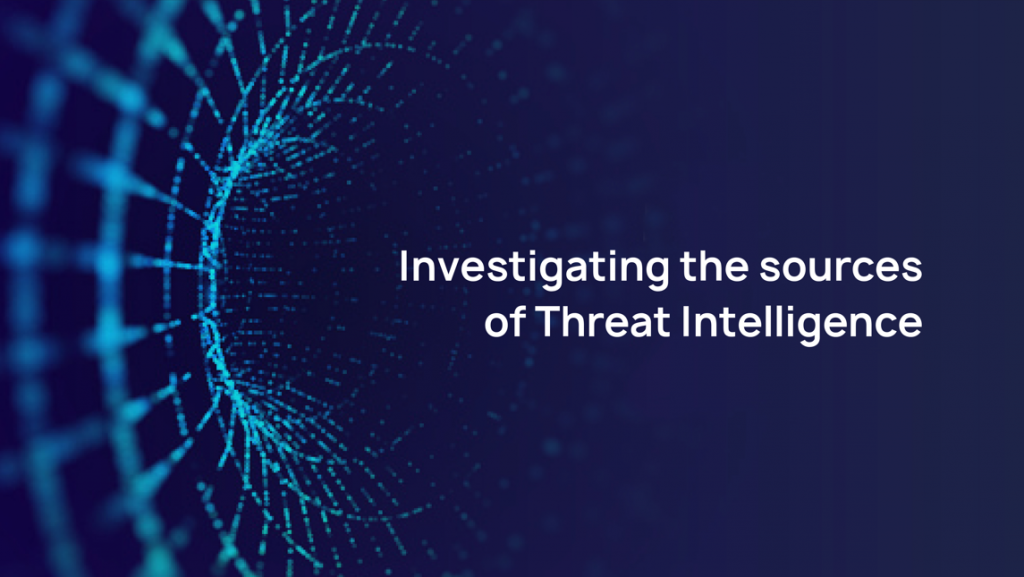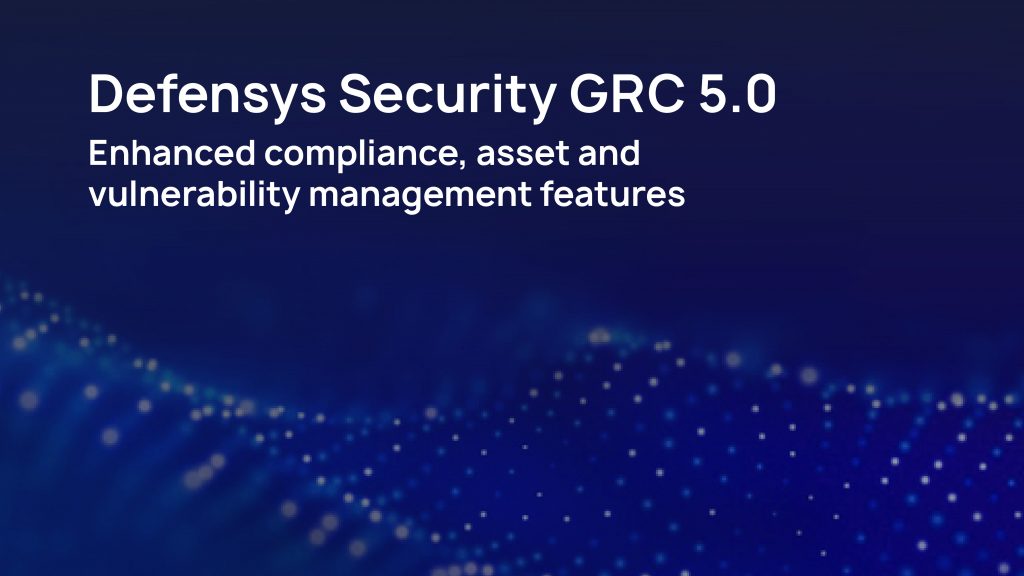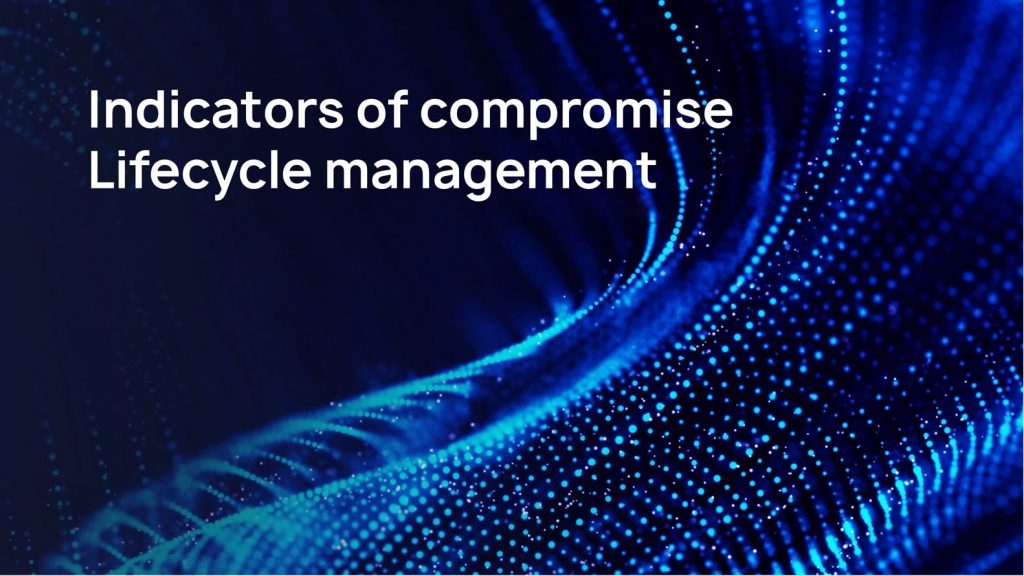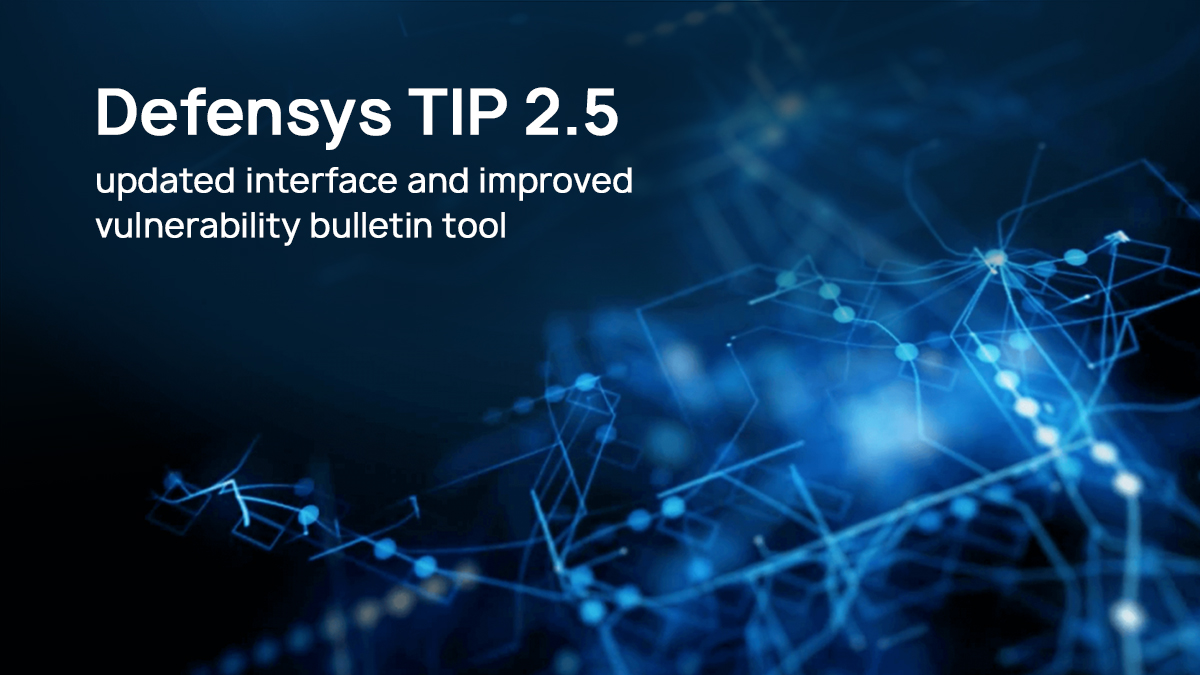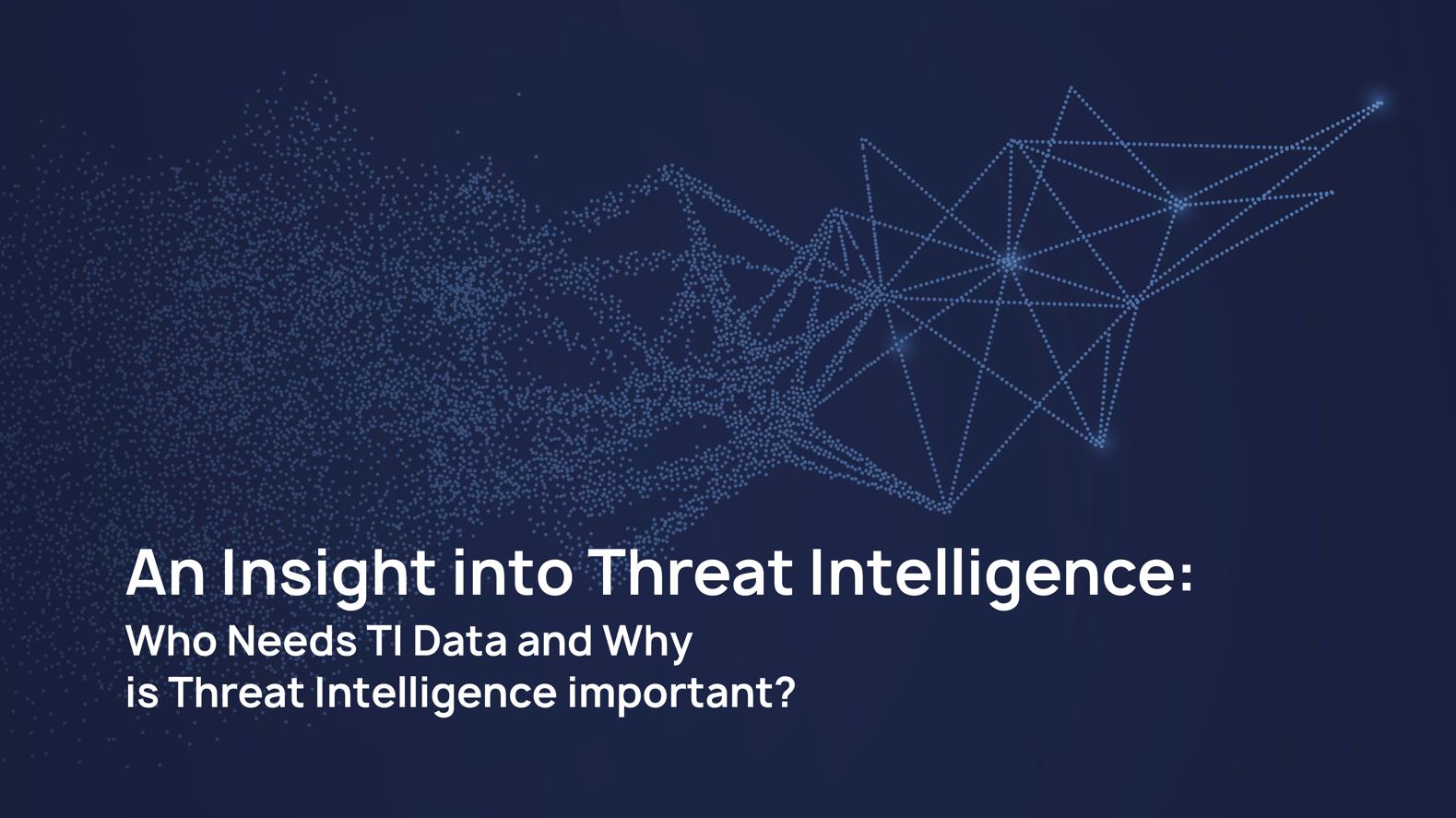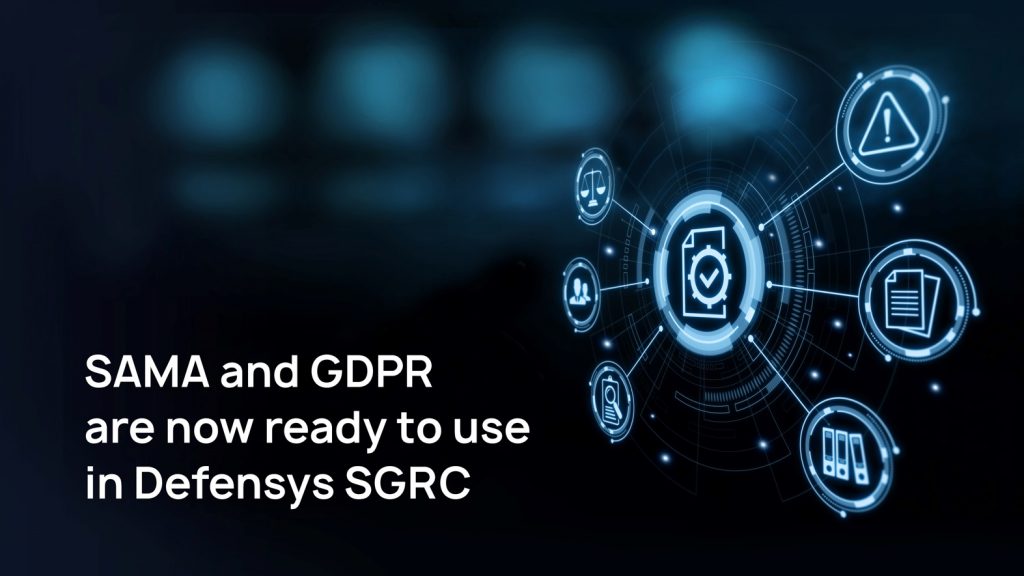Effective exchange of information about threats among multiple participants works like collective immunity: the more participants are involved in this process, the higher the probability of successfully resisting the attackers. We will tell you in the article about the culture of sharing such data and what are the main pitfalls of this area.
What is data exchange culture, and why is it needed?
It is worth exchanging information about threats for at least three reasons. Firstly, to save money, because it is cheaper to prevent an attack than to eliminate damage from it. Secondly, to be socially responsible: to fight together with other companies against a common enemy. Finally, thirdly, to have a good reputation. A company is trusted not only by customers but also by investors if it is conditionally safe.
To date, it is possible to distinguish several types of data shared by TI exchange participants:

